From the December 2023 issue of Apollo. Preview and subscribe here.
Despite the economic turbulence caused by Brexit, the pandemic and war in Ukraine, there was surprise and not a little pleasure when the annual Art Basel and UBS Art Market report in 2022 revealed that London had maintained its status as a global art market hub second only to New York earlier this year. Figures published in the follow up Survey of Global Collecting in 2023 last month reinforced that finding: the value of art flowing into the three major hubs of London, Hong Kong and the United States continued to grow by 38, 50 and 15 per cent respectively. The average value of work bought also rose, with London up by 30 per cent compared with just five per cent in New York and two per cent in Hong Kong.
But with increasing competition from Paris, Asia and the United States, there is a growing sense that the British capital’s art world can no longer rest on its laurels. There are calls in the art market and beyond for a more proactive effort to see off pretenders and bolster business. ‘Paris is certainly working hard to boost its position – and the art trade there has a supportive government,’ says Clare McAndrew, the author of the reports. But, she says, ‘there is a large margin between France and the UK, so the bigger question is whether trade will be lost out of the UK and Europe altogether to an increasingly dominant United States and Asia’.
Melanie Clore, co-founder of art advisory Clore Wyndham and former chairman of Sotheby’s Europe, supports this view. ‘Lon- don has the highest ratio of artists, collectors and galleries in Europe, and it is a thriving market,’ she says. ‘People, especially in the media, are too quick to knock it. But it is true that the London art trade is a business that needs to be supported and promoted, especially by central government.’
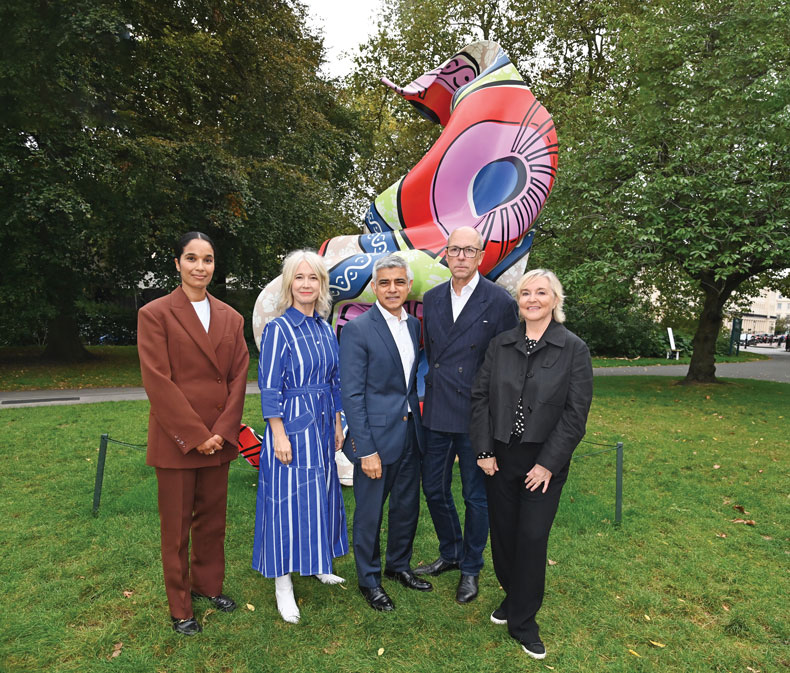
Director of Frieze London Eva Langret, Justine Simons, Sadiq Khan, Dylan Jones and Jane Boardman celebrate the launch of the ‘London Creates’ campaign at Frieze Art Fair this year. Photo: Dave Bennett/Getty Images
While there has been no acknowledgement of this yet at a national level, City Hall clearly agrees. In October Sadiq Khan, the Mayor of London, launched a PR campaign to promote the visual arts. The London Creates initiative coincided with the 20th anniversary of the Frieze Art Fair and aims ‘to celebrate the capital’s world-leading cultural sector’. The launch was supported by artists including Gilbert & George, the editor of the Evening Standard, Dylan Jones, and Justine Simons, the deputy mayor for culture and the creative industries. Many hope it may develop into a more powerful lobby that can shape policy.
Clore contrasts government treatment of the arts in London with that in Paris. The French capital is basking in the decision by Art Basel to launch its Paris+ fair last year. It also benefits from the largesse of luxury goods billionaires François Pinault and Bernard Arnault. The latter opened the spectacular Fondation Louis Vuitton museum in 2014 and is a well-known patron of the arts. Pinault, who has two galleries in Venice and owns Christie’s auction house, opened his own private art museum, the Bourse de Commerce in Les Halles in 2021. Sotheby’s now has a French connection too: it was bought by the French-Israeli magnate Patrick Drahi in 2019. Unsurprisingly, Emmanuel Macron is keen to ally himself with these influential figures. He threw a lavish party at the Élysée Palace to celebrate the launch of Paris+ last year, posing for photos while perusing the art. ‘In France, you have a couple of very powerful collectors who clearly have the ear of the president,’ says Clore. ‘We don’t have that kind of soft power with the British government: we need to punch back and be proud of what we have achieved.’ One of the main areas where London’s art market needs government help is in addressing the fallout from the UK’s withdrawal from the European Union. ‘Americans don’t understand why Brexit happened, and now they are treating it negatively,’ says Alison Deighton, an American-born, Britain-based art collector. ‘They think there are tax issues, they think there are complications, so they speak about Paris for that reason. A lot could be cured by a change of government language.’
Brexit has undoubtedly created practical problems for the art trade, particularly the extra costs of moving art across European borders. ‘Brexit has made the environment for business more difficult, and we really need to talk about that,’ says Sadie Coles, founder of the gallery Sadie Coles HQ. ‘But Frieze, the dynamism of the market and the expansion of the auction houses were important generators of income for the UK, which is not being recognised. There needs to be a change in the political viewpoint about how much the arts are benefiting this country.’
Paul Hewitt, director general of the Society of London Art Dealers (SLAD), says he is now pressing government for the removal of import VAT on fine art, so it can compete with the US and Hong Kong. His members also want anti- money-laundering thresholds on client due diligence to be raised from €10,000 to at least £30,000, which would be less burdensome on small businesses. (HMRC has been pursuing the latter, ironically introduced by an EU directive, with what Hewitt calls ‘Jesuitical zeal’.) The US has taken a more relaxed approach: in February 2022 its Treasury issued a 40-page report into money laundering. It decided the art market was low-risk and ‘should not be an immediate focus for the imposition of comprehensive anti-money laundering and counter-terrorism funding requirements’.
Despite these barriers ‘we need to get the message out there, especially in North America, that administration and regulation around trading in the UK is still really quite light,’ says Hewitt. ‘And we need government to understand that we have an incredible art ecosystem – one of the best in the world.’
Why the government has been so slow to support the art world while it enthusiastically backs industries such as fashion and film is a matter of debate. A big hurdle is that supporting ‘elitist’ fine art conflicts with its populist and wide-ranging ‘levelling up’ agenda. In practice this has meant concentrating attention on poorer areas of the country to the detriment of London. There is also a shocking lack of continuity in developing and delivering policy – there have been 12 secretaries of state for culture since the Conservatives took power in 2010.
But there are reasons not to succumb to gloom in the face of government indifference. Despite Brexit the UK’s art market is still fairly robust, accounting for 18 per cent of the global art market’s sales. That is more than China (17 per cent) or continental Europe (12 per cent; France accounted for seven per cent, as it has for the past 10 years). At the upper end, the position of London is even more marked. New research by the data company ArtTactic shows that only two per cent of works valued at over $1m sold at auction in Paris in the first half of this year, compared with 27 per cent in London.
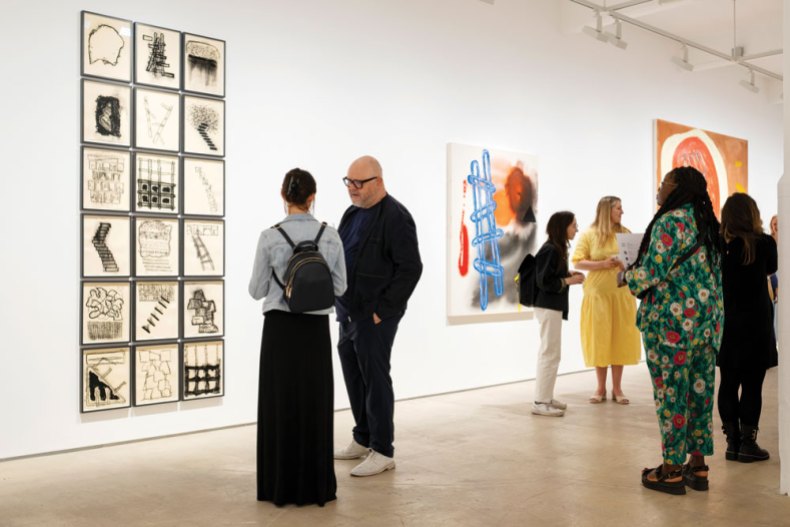
Visitors to Hales Gallery in Shoreditch during London Gallery Weekend this summer. It has grown to be the largest such event in the world in just three years. Photo: Linda Nylind; courtesy London Gallery Weekend
The city is also home to five of the world’s top 20 most-visited museums — the British Museum, Tate Modern, the National Gallery, the Victoria and Albert Museum and the Somerset House galleries. It has some of the world’s best art schools and is home to many working artists. The Royal College of Art and the University of the Arts London, which includes Central Saint Martins, Chelsea, Camberwell and Wimbledon art schools, were placed numbers one and two in 2023 for art and design by the QS World University Rankings. A 2021 report by ArtTactic about the most successful ‘next- generation artists’ (defined as those under 40) found that London was the leading European city to work in followed by Berlin.
There are early signs that the importance of championing the art market might be getting through to senior politicians. Rishi Sunak, known to collect art with his wife Akshata Murty, hosted an evening event at Downing Street to celebrate the UK’s art world during this year’s Frieze. Thangam Debbonaire, Labour’s shadow secretary of state for culture, told an audience at the annual Art Business Conference in October that she would ‘champion the arts now in opposition to the current government and, if there is a Labour government, fight for [the art world] every step of the way’.
So what challenges does the art world face in making the government sit up and take notice? Perhaps the biggest is finding a way to speak with a collective voice. The art world is made up of public museums and galleries, large and small businesses, not-for- profit spaces and thousands of self-employed artists, curators and advisers. Emerging galleries and artist-run spaces rub shoulders with behemoths such as the Tate, Gagosian, Sotheby’s and Christie’s. There is also a myriad of representative bodies: the National Museum Directors’ Conference, the Museums Association, a-n The Artists Information Company, SLAD, and the British Art Market Federation among many others.
‘The art world is particularly fractured, and there’s always a tension between the public and private sectors,’ says Cat Manson, a consultant and former head of communications at Christie’s. ‘It needs to set aside its differences to showcase British art and the UK market. If we only read about high auction prices it gives a false impression that art is only for the wealthiest. We need to remind people that it is a multi-billion-pound industry that employs thousands of people and engages with huge audiences, not just a handful of people at the highest level.’
There is plenty of evidence that when the UK art world does work together it can achieve great things. In the mid 2000s Nicholas Serota, Neil MacGregor and Charles Saumarez Smith – then-directors of the Tate, the British Museum and the National Gallery respectively – led a coalition backed by the National Museum Directors’ Conference and the Museums Association which successfully raised hundreds of millions of pounds from government for the UK’s regional museums. More recently, a WhatsApp group formed by London galleries during the Covid pandemic led to the founding in 2021 of London Gallery Weekend, which has become an immediate hit and the biggest such event in the world.
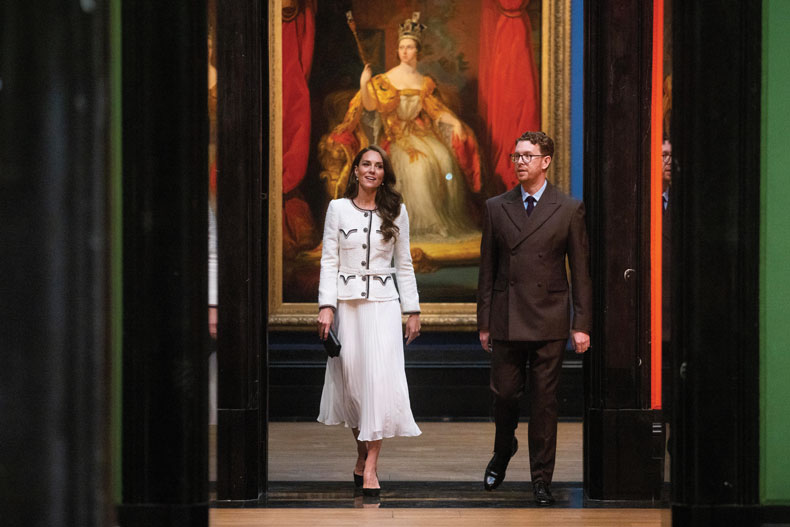
The Princess of Wales and Nicholas Cullinan, director of the National Portrait Gallery in London. Photo: © David Parry
Nevertheless, there is more to be done. Jane Boardman, the chief executive of the PR agency M&C Saatchi Talk, who advised London Creates, says it can be a long slog and needs a big investment of time, planning and money. She is credited with founding the British Beauty Council, modelled on the British Fashion Council, and putting it firmly on the government’s radar. ‘We have had to battle long and hard to make policymakers take us seriously but it has worked,’ she says.
It is clearly time everyone involved in the London art world got together to recognise their collective interests. It will need leadership, effort and money: surely not impossible when the UK art trade has a turnover of nearly $12bn. Meanwhile, the directors of London’s greatest museums – the Tate, the British Museum, the National Gallery and the V&A – need to take a leaf out of Serota and MacGregor’s book and do more to leverage their powerful media platforms and political influence. ‘London really flourished in the 1990s and 2000s because of unique partnerships between the art world’s public and private sectors,’ says Nicholas Cullinan, director of the National Portrait Gallery. ‘It was the era when the likes of Charles Saatchi, great commercial gallerists like Anthony D’Offay and Tate Modern worked together. We have to find a way to recover that sense of excitement, possibility and ingenuity.’
From the December 2023 issue of Apollo. Preview and subscribe here.
Unlimited access from just $16 every 3 months
Subscribe to get unlimited and exclusive access to the top art stories, interviews and exhibition reviews.

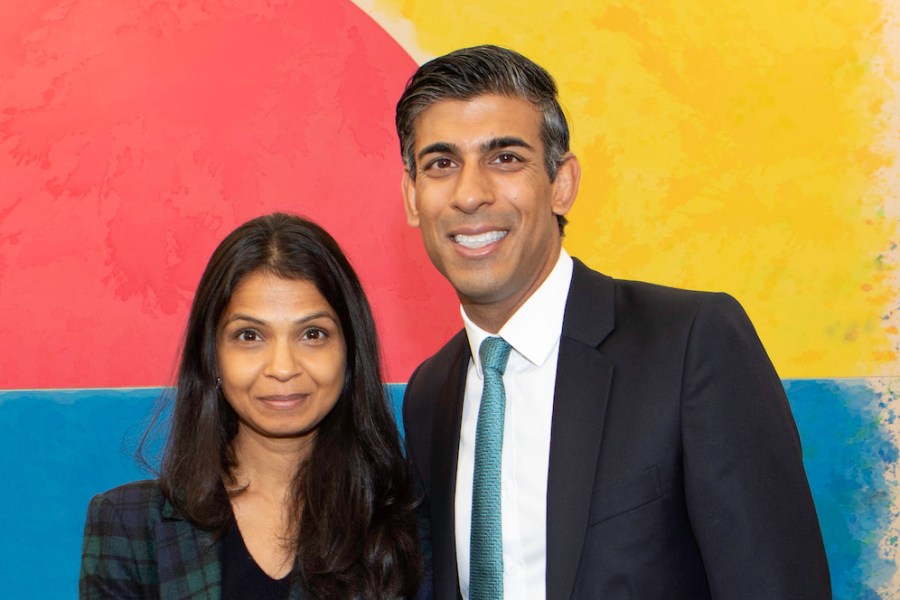
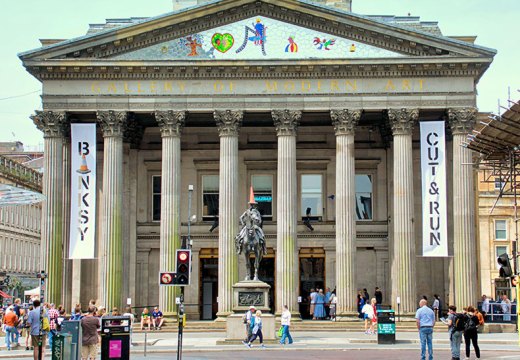
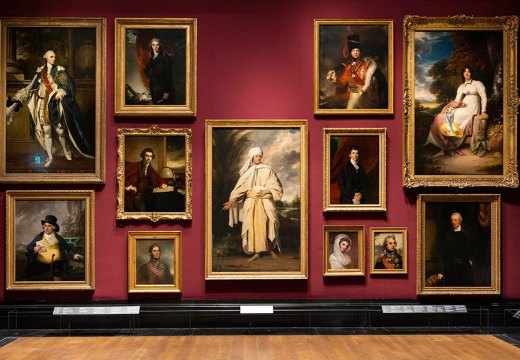
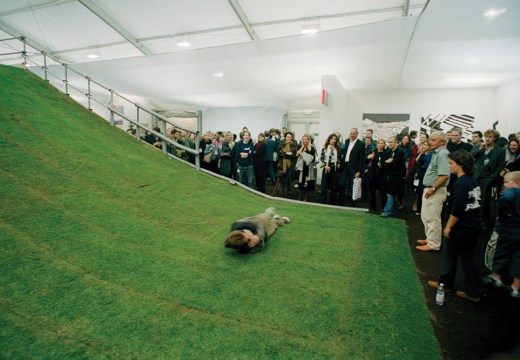









![Masterpiece [Re]discovery 2022. Photo: Ben Fisher Photography, courtesy of Masterpiece London](http://www.apollo-magazine.com/wp-content/uploads/2022/07/MPL2022_4263.jpg)
It’s time for the government of London to return to its rightful home